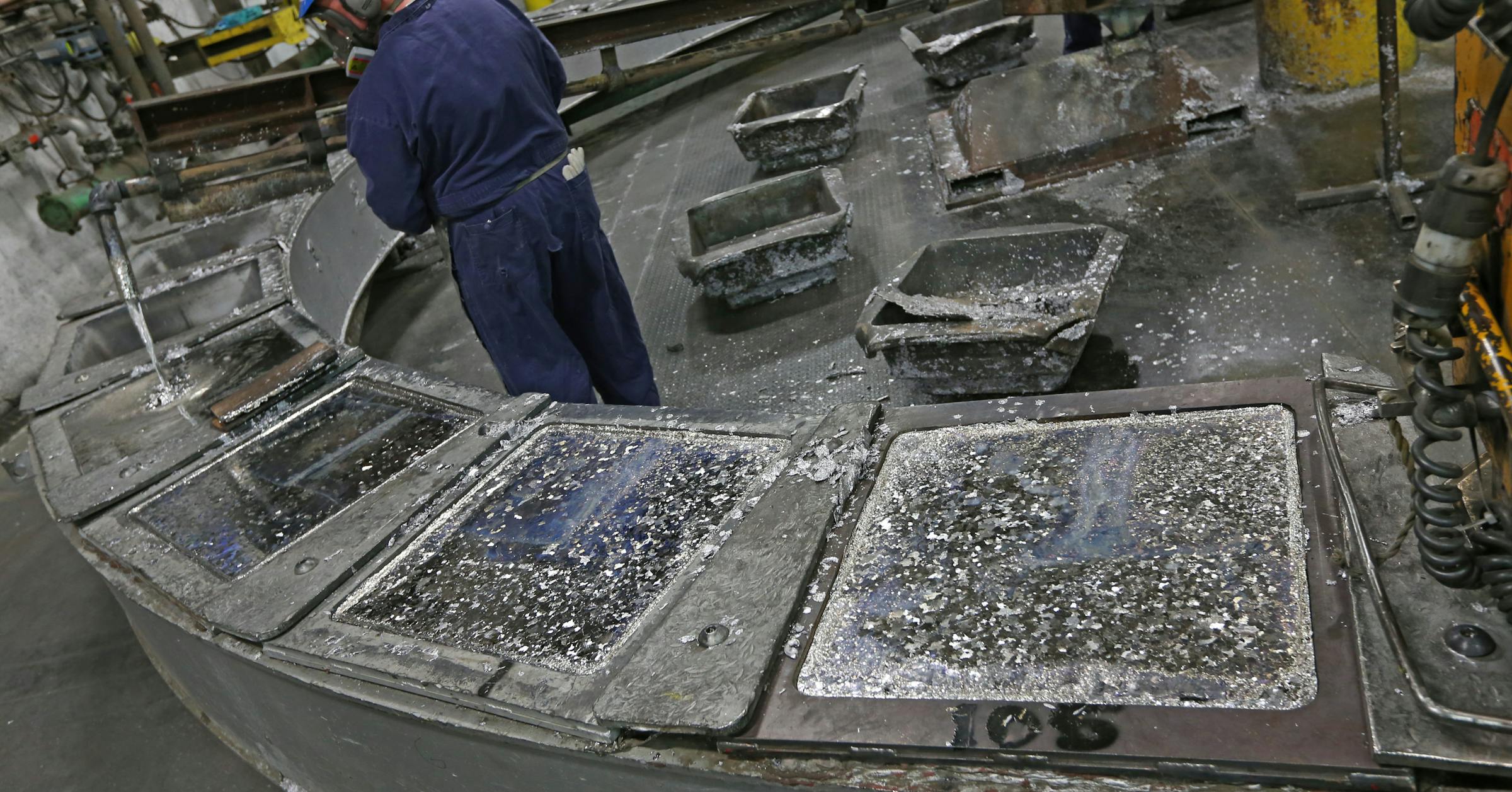A critical spotlight is now shining on Minnesota’s environmental protection efforts, particularly concerning the handling of lead pollution from industrial facilities. Recent revelations regarding a battery recycler in Eagan and a foundry in Minneapolis have ignited a fierce debate, questioning the efficacy and transparency of state agencies in safeguarding public health and ensuring regulatory oversight. The ongoing public outcry underscores a pressing need for an independent assessment of how state officials respond to environmental threats.
The situation at Gopher Resource, an Eagan lead battery recycling facility, serves as a primary example. Residents expressed alarm and frustration at a community meeting regarding the Minnesota Pollution Control Agency’s (MPCA) response to detected lead-laced air emissions. Complaints ranged from perceived delays in notifying affected communities to the disorganised nature of public engagement efforts, leaving many feeling unheard and uncertain about the true extent of the pollution control.
Despite the MPCA’s assurances, significant doubts persist among those living near the Eagan facility, including residents utilizing nearby public amenities. The core concern revolves around whether the agency acted with sufficient speed and transparency to mitigate risks and inform the public effectively. This lack of confidence highlights a crucial gap in trust between environmental protection bodies and the communities they serve, emphasizing the urgency for clarity and accountability.
The demand for a second opinion on the state’s performance is further fueled by lingering questions from a similar incident at Minneapolis’ Smith Foundry two years prior. This parallel case also raised troubling concerns about state officials’ diligence in protecting residents in the East Phillips neighborhood from air quality issues. The recurring pattern suggests a systemic vulnerability in the state’s environmental response framework.
A stark contrast emerges when comparing state actions with federal intervention. In the Smith Foundry case, it was a surprise inspection by the U.S. Environmental Protection Agency (EPA) under the Trump administration that uncovered significant air emissions law violations. This decisive federal action starkly highlights the perceived passivity of state agencies, particularly as federal backstops become less reliable, creating a critical vacuum in regulatory oversight that Minnesotans depend on.
Given these escalating concerns, many advocate for the swift intervention of Minnesota’s Office of the Legislative Auditor (OLA). As a respected state counterpart to the federal Government Accountability Office, the OLA possesses the expertise to conduct a thorough, independent review. Such an assessment is deemed crucial to restoring public confidence and ensuring state agencies are equipped to protect citizens, especially with changing federal environmental policies.
Ultimately, this issue extends beyond specific incidents of lead pollution; it’s about the fundamental assurance that Minnesotans can rely on their state agencies for robust environmental protection. The lingering smells, health concerns, and questions about governmental transparency underscore a broader societal need for high-performing environmental bodies, particularly as the federal EPA’s future role becomes uncertain. Communities deserve to know that their health and safety are paramount.





Leave a Reply